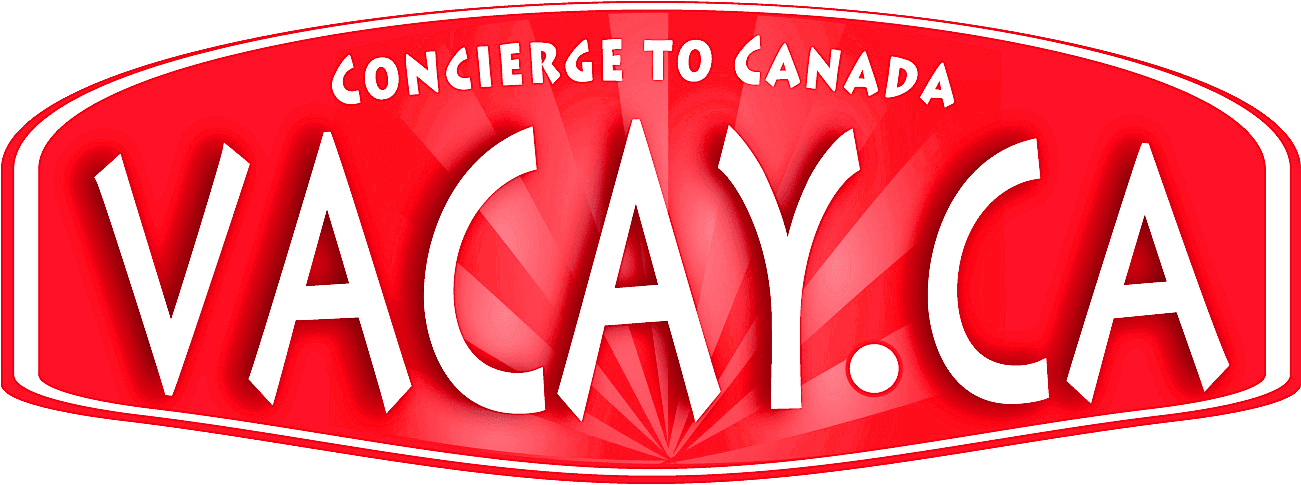
Ottawa is playing host to the Rendez-vous Canada tourism conference this week. (Julia Pelish/Vacay.ca)
OTTAWA, ONTARIO — The Canadian Tourism Commission has come under unwanted and ignorant criticism this week. The truth is, any of us would be hard-pressed to find a government agency that manages to do more with less than the CTC. Its budget has been slashed by 20% to $58.5 million from the 2012 level of $72 million, a sum that had also been reduced from previous years. Yet, the Canadian tourism industry grew 4.2% in 2012, increasing its revenue to $81.9 billion. A $100-billion target has been set for 2015.
“We’re the little engine that could,” Michele McKenzie said last week in Cape Breton while attending that Nova Scotia region’s annual tourism conference and she underscored that sentiment at Rendez-vous Canada, a yearly gathering of Canada’s tourism and trade industry happening this week.
In the face of relentless competition and staggering budget cuts, the CTC has deployed a strategy that involves provincial and municipal tourism boards and agencies focusing on traditional markets like the United States. On the federal level, the CTC is pushing all of its efforts toward attracting consumers from Brazil, India, China and Australia — nations where revenue potential is immense. The economies of Brazil, India and China are going to continue to grow and their citizens are will travel farther afield, and Canada has an opportunity to ensure consistent travel from those populations. Australians are used to long flights and the ascent in value of their currency allows many of them to fulfill the dream of venturing to Canada.
“The CTC deserves full credit for the work they’ve done. They are punching well above their weight, given where competitors have invested and in the face of enormous challenges,” said David Goldstein, president of the Tourism Industry Association of Canada, which advocates for travel-related businesses across the country. Goldstein is a straight talker and a pragmatist not shy about criticizing government. His praise is hard won and meaningful. “Every single one of Canada’s competitors is increasing its spending on tourism, and we are going in exactly the opposite direction. The State of New York has now upped its tourism budget to $68 million, which means it is spending more than Canada.”
Goldstein’s main criticism is with the cost of air travel, saying the federal government should be working to reduce airfare costs and revamp its aviation cost structure, an area where the nation ranks 136th in the world. He suggests eliminating the value-added tax (VAT) that is charged on airfares, a strategy that has worked for other nations, or re-distributing that tax to tourism agencies. He also wants to see improved air access for emerging markets. None of those issues fall under the CTC’s umbrella.
(My feeling? If you reduced airfare costs in Canada by only 15% it would reverse the trend of Canadians using airports in US border cities. Last year, 5 million Canadians flew from across the border, equating to $2.3 billion and 70 fully booked flights lost to the US. Those lower airfares would also entice many more visitors to the nation. The reason this cost reduction doesn’t happen is likely because one government agency would lose a lot of revenue from the lower airfares, even though there would be improvement in many other aspects of the economy.)
Goldstein and McKenzie were among a contingent of speakers who commented about the successes, challenges and shortcomings of the nation’s tourism industry in Ottawa. The dichotomy of Canada’s tourism business was made clear through the presenters:
GOOD: The nation ranks first in reputation of travellers
BAD: It ranks 18th in number of visitors
GOOD: Its brand is so strong that it has been copied by numerous other nations, including the United States’ Brand USA campaign
BAD: The budget cuts limit the amount of innovation the CTC can undertake
GOOD: Double-digit growth in visitors is occurring from markets such as China, India and Brazil
BAD: Traditional markets, including Germany and the United Kingdom, have seen drops in travel in 2011 and 2012.
The week-long event is in the nation’s capital for the first time in 23 years and it is bigger than ever, with international tourism operators also on hand. The conference, held at the Ottawa Convention Centre, includes 1,500 delegates. More than a dozen international media, several from the Far East, are in attendance as attention on Canada increases thanks in large part to efforts by the CTC to concentrate on markets where visitors come a long way and tend to stay longer and expend more money. China, Japan, Korea, Brazil and Australia are nations whose visitation rates are bright spots for Canada.
Why the CTC Should Maintain Its Focus on China
China is now the world leader in global travel, leapfrogging the US and Germany to become the first nation to have its travellers spend $100 billion in foreign destinations. Only 288,000 of them came to Canada in 2012, which equates to just one-quarter of 1% of Chinese travellers. If the marketing efforts by the CTC can deliver a full 1% of those 83 million travellers, it would produce more than $1 billion in revenue (based on the average of $1,701 that Chinese travellers spent in Canada in 2012). Canada has one of the two strongest travel brands in the world — based on exit surveys of frequent travellers by Future Brand Index, an independent UK-based organization that rates marketing efforts of a range of industries. Once people get here, they like what they find. I discovered that myself at Rendez-vous, speaking to the visiting journalists who were unanimously overwhelmed by two things: How well Canadians get along with each other in a multicultural nation and the vast amount of space in the country. “There are no people here,” said one incredulous journalist from China, who was wide-eyed and excited that so much nature was available to be explored.
Read more on Vacay.ca about how Canada can attract Chinese travellers
The Boom from Brazil
I asked Michele McKenzie about the challenges of growing the Brazilian market, and she acknowledged the lack of awareness of Canada within that country is an issue. However, she noted that more young Brazilians are coming to Canada to study in high school and university, and that leads to more visits from families. “We have a lot of opportunities to work with the education sector in Canada to make those connections,” she said.
Canada ranks first among Brazilians as the preferred place to study English as a second language and second after France as the place to learn French, according to the Ministry of International Trade.
Anyone who has travelled to Whistler or Vancouver in the summer or Quebec City‘s Ice Hotel in winter will tell you there are Brazilians visiting in larger and larger numbers — and they are delighted by what they see.
Support from Provinces Counts
Bruce Okabe, CEO of Travel Alberta, says that his organization always takes the approach that it comes second to the nation when marketing abroad. “People will always recognize the country first. So it makes sense that we are always promoting Canada first and then Alberta. It makes sense to help people get that knowledge they need of the destination. That’s why we are always fully supportive and fully behind the Canada brand,” he said during a Rendez-vous press conference. Alberta has seen strong growth in tourism, led by a record turnout of 1.4 million visitors for the 2012 Calgary Stampede, the centennial of that event.
Ottawa’s Red Shoes Deserve a Blue Ribbon
Anyone who knows Ottawa Tourism‘s Jantine van Kregten knows she is one of the sharpest users of social media in Canada’s travel industry. The organization’s Red Shoes initiative as part of the Rendez-vous Canada event is further proof of her skill and her team’s. Last year, Ottawa Tourism handed out red shoes to Rendez-vous attendees in Edmonton. This year, attendees wore those shoes and have been encouraged to take photographs of them in iconic locations around Ottawa and then post them on Twitter, Facebook or Instagram. It’s another form of engagement that encourages fun and interaction with your destination.






